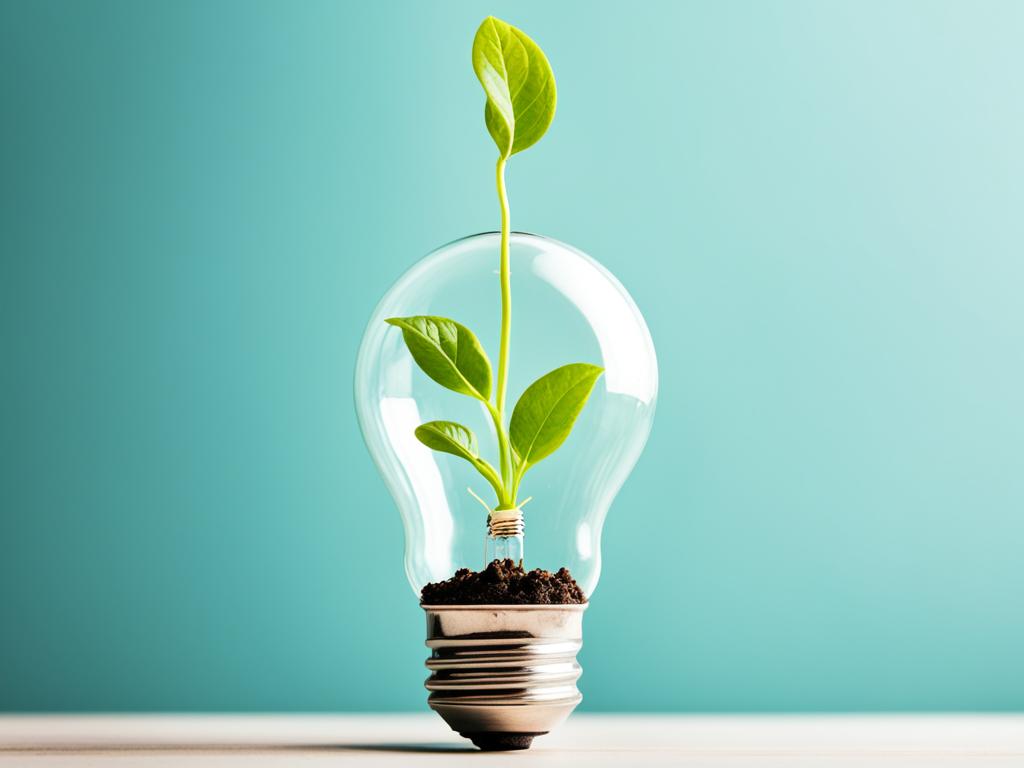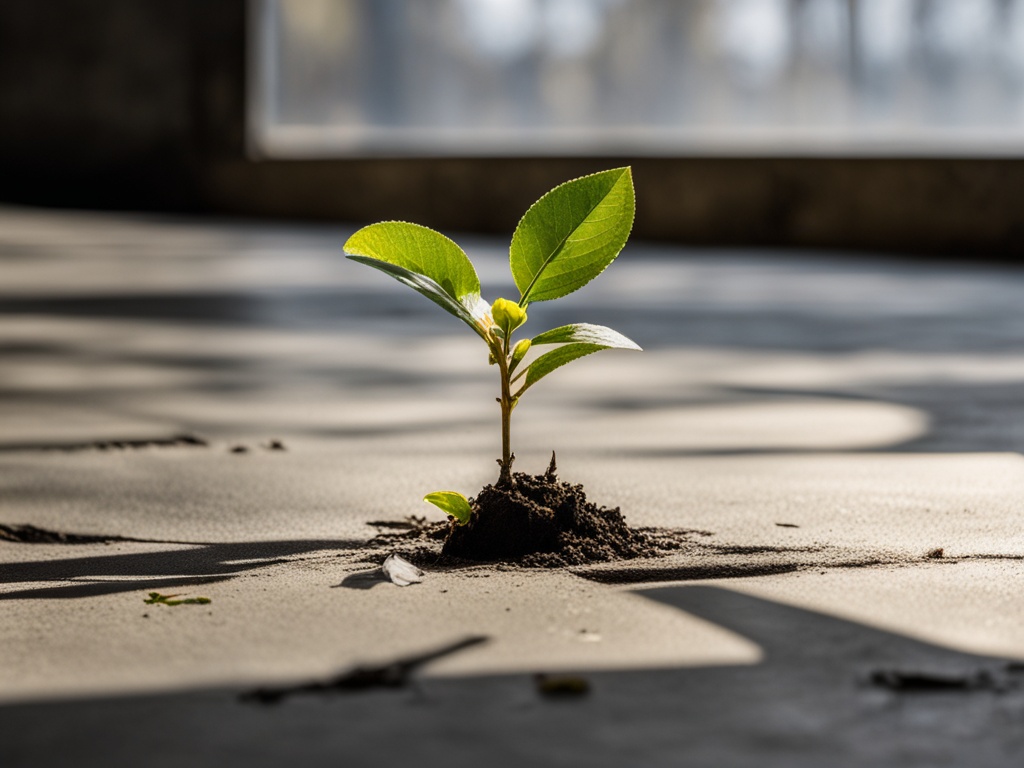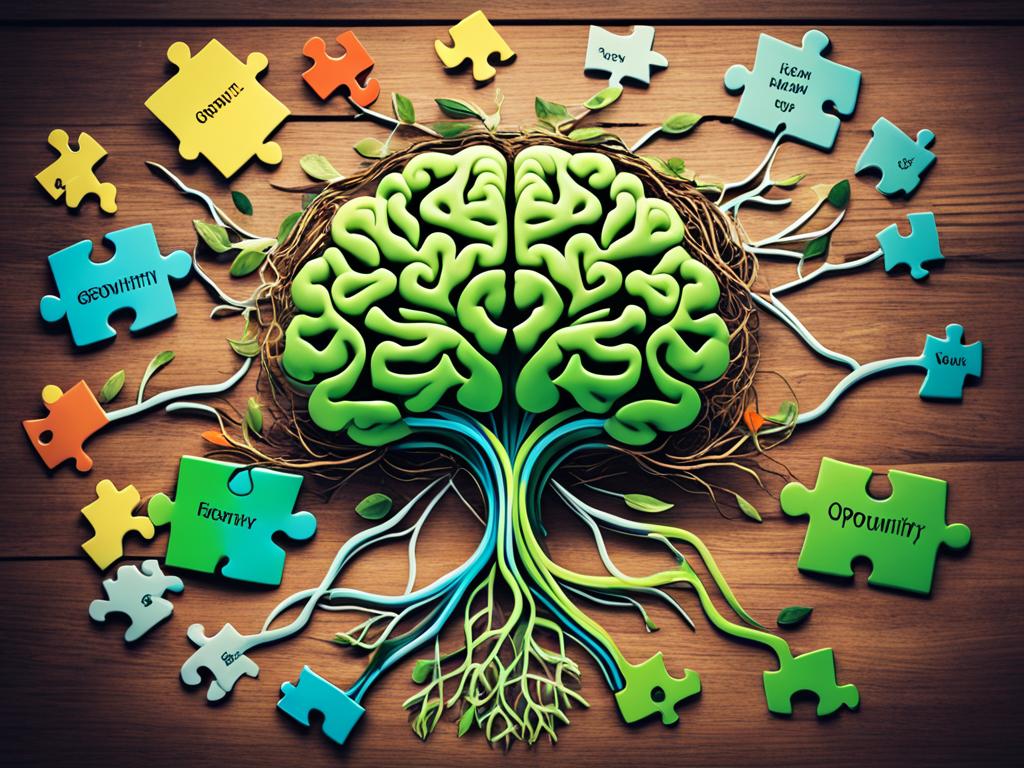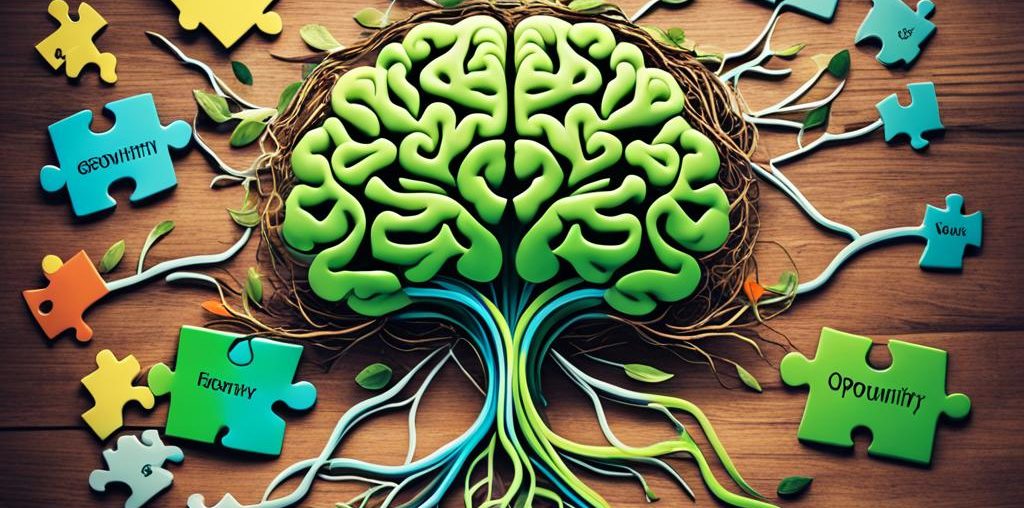Unlocking our full potential starts with embracing a growth mindset. This approach helps us see challenges as chances to learn and grow, not just obstacles. By adopting a positive mindset, we can break through our limits and improve ourselves continuously.

This article will explore the science and strategies of the growth mindset. You’ll learn how to change your mindset and reach your full potential. Discover the power of “yet” and how neuroplasticity works to overcome obstacles and love learning. Get ready for a journey of personal growth and self-belief that will help you achieve your biggest goals.
Understanding the Growth Mindset
The idea of a growth mindset has become very popular lately. It’s because this way of thinking can really help us grow and bounce back from tough times. It’s all about believing that we can get better at things by working hard and never giving up.
What is a Growth Mindset?
Unlike a fixed mindset, where we think our talents are set, a positive mindset says our abilities can change. It’s about seeing challenges as chances to learn and grow, not as threats. People with this mindset tackle problems with a positive attitude, knowing they can figure things out with effort and persistence.
The Power of “Yet”
- One key part of a growth mindset is using the word “yet.” Instead of saying “I can’t,” someone with this mindset says, “I can’t do this yet.” This shows they believe they can learn and get better over time.
- The idea of “yet” is really powerful. It helps us keep going and bounce back from failures. It makes us see obstacles as short-term, not permanent.
By adopting a positive mindset and using “yet,” we can reach our full potential. We become more resilient and can succeed even when things get tough. Learning about this mindset is the first step to making it a part of our lives.

Embracing Challenges
A growth mindset sees challenges as ways to learn and grow. It turns obstacles into chances for learning and development. This mindset helps build perseverance and resilience. These are key for long-term success.
When you face a tough task, a positive mindset doesn’t make you feel bad about yourself. It sees it as a way to improve and learn new learning strategies. It knows that moving forward often means trying new things.
- Approach challenges with a positive and persistent attitude.
- Embrace the opportunity to learn and grow, rather than avoiding difficult situations.
- Experiment with different learning strategies to find what works best for you.
- Celebrate small victories and use them as stepping stones to tackle increasingly complex challenges.
By embracing challenges, you see them as ways to grow your knowledge and skills. This approach helps you reach your full potential and grow in both personal and professional areas. Having a growth mindset is a strong way to overcome life’s hurdles and come out stronger.

Persevering Through Setbacks
Having a positive mindset means more than just facing challenges. It’s also about getting through tough times. Failures and disappointments will happen, but they can teach us a lot.
Reframing Failure as Learning
Setbacks can make us feel down and like we’re not good enough. But, a positive mindset helps us see failure as a way to learn and get better. We understand that mistakes are part of learning and can lead us to success.
Developing Resilience
Resilience is bouncing back from hard times and staying positive and determined. It’s key for those with a positive mindset. It helps them keep going and come out stronger after a setback. Ways to build resilience include being kind to yourself, finding support, and focusing on making progress, not being perfect.
By seeing failures as chances to learn and building resilience, those with a positive mindset keep growing and reaching their goals. This focus on perseverance and learning from failure is crucial for personal and professional growth.

Growth Mindset and Neuroplasticity
The growth mindset is linked to the amazing science of neuroplasticity. Neuroplasticity means our brain can change, adapt, and rewire itself over time. It shows our brain is not set in stone but can grow and get better.
The Science Behind Growth Mindset
Recent studies show that a growth mindset changes and strengthens our brain’s paths. Learning new skills or overcoming challenges makes our brain create new connections. This ability to change helps us grow and learn new things.
On the other hand, a fixed mindset limits our brain’s growth by making us think our abilities can’t change. But with a positive mindset and understanding neuroplasticity, we can reach our full potential. This leads to great personal growth and development.

Knowing how growth mindset and neuroplasticity work helps us control our brain’s growth. By facing challenges, sticking with them, and seeing failures as learning chances, we can change our brain. This change is key to the growth mindset, helping us grow our skills and abilities.
Cultivating a Love for Learning
At the core of the growth mindset is a deep love for learning. It’s about being fascinated with the world around us. By being curious and always learning, we can keep growing and opening up new possibilities for ourselves.
Embracing Curiosity
Curiosity drives our desire to learn and explore. When we see life with curiosity, we become eager to find new insights. This helps us love learning more, not just in school but in all parts of life.
Whether it’s reading a great book, trying a new hobby, or talking with others, curiosity makes learning fun. It helps us grow and keeps us open to new things. This mindset lets us keep learning and adapting throughout our lives.
FAQ
What is a growth mindset?
A growth mindset believes that abilities and intelligence can grow with effort and learning. It’s different from a fixed mindset, where skills are seen as unchangeable.
How does a growth mindset differ from a fixed mindset?
A growth mindset encourages facing challenges and learning from mistakes. It sees failures as chances to grow. A fixed mindset, however, avoids challenges, fears failure, and believes abilities can’t be changed.
Why is the power of “yet” important in a growth mindset?
“Yet” shows that with effort, we can do what we can’t now. Changing “I can’t do this” to “I can’t do this yet” brings optimism and belief in improving over time.
How can embracing challenges help cultivate a growth mindset?
Embracing challenges is key to a growth mindset. Seeing them as learning chances, not threats, helps individuals tackle obstacles positively and persistently. This leads to personal growth.
What strategies can help one persevere through setbacks and develop resilience?
To overcome setbacks, try to see failure as a learning chance, be kind to yourself, and build a support system focused on growth. These strategies help you bounce back stronger and more determined.
How is the growth mindset connected to the science of neuroplasticity?
The growth mindset ties closely to neuroplasticity, the brain’s ability to change and adapt. Knowing the brain can grow helps people feel empowered to develop a growth mindset and reach their full potential.
How can one cultivate a genuine love for learning?
To love learning, be curious, set goals for growth, and celebrate small wins. This approach keeps you excited about discovery and self-improvement, helping you grow and explore new possibilities.


